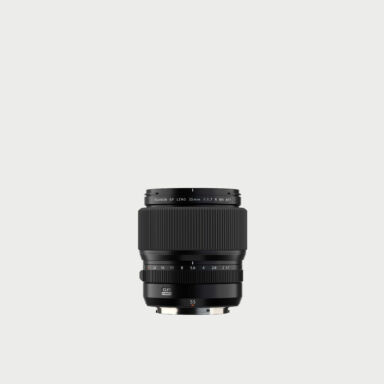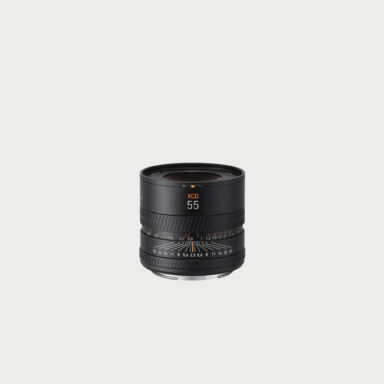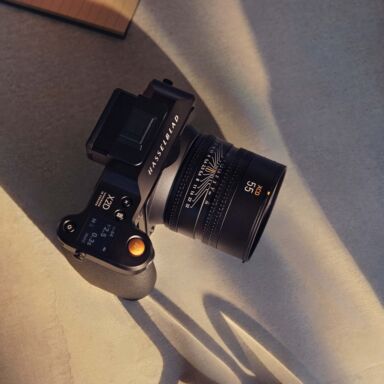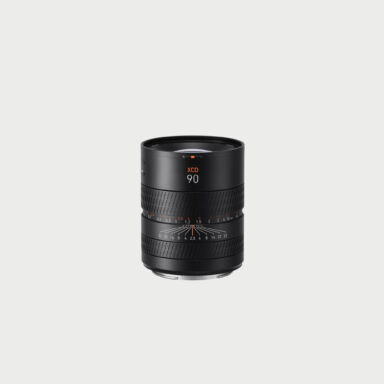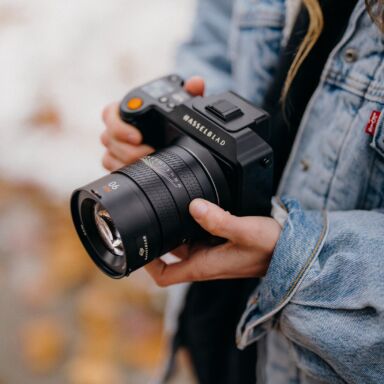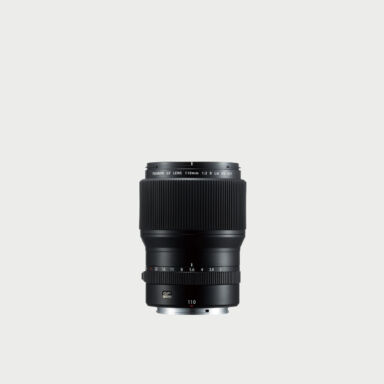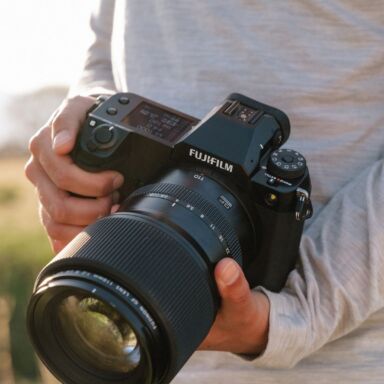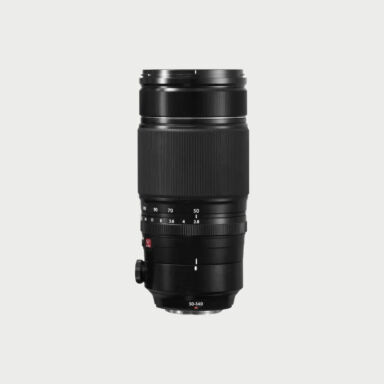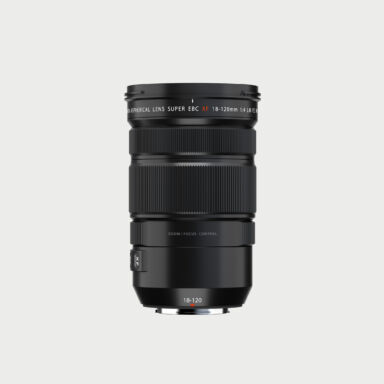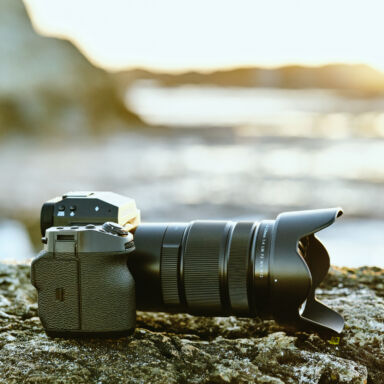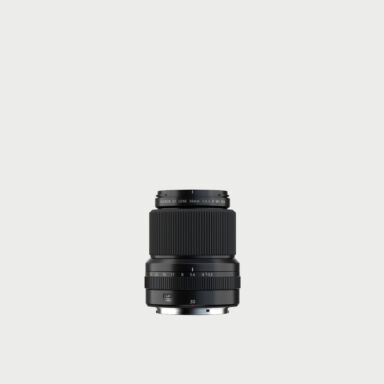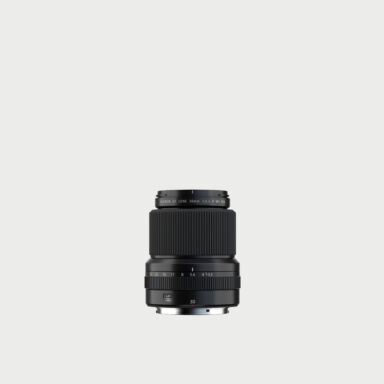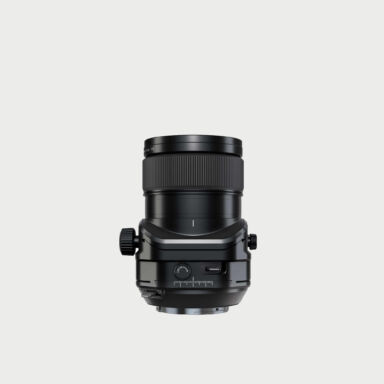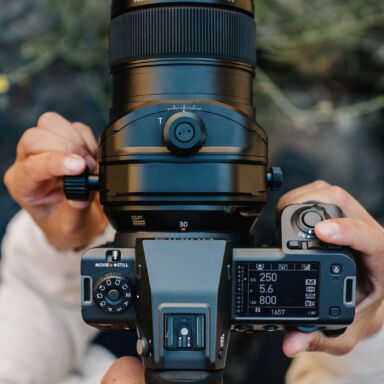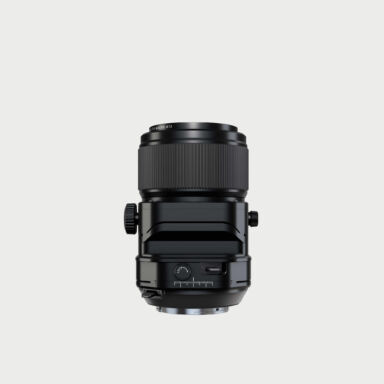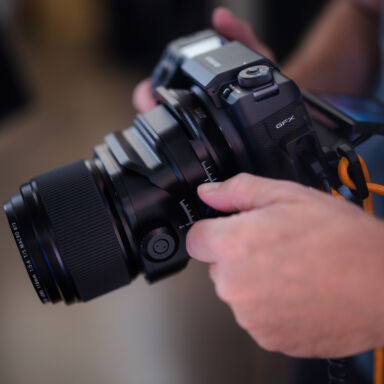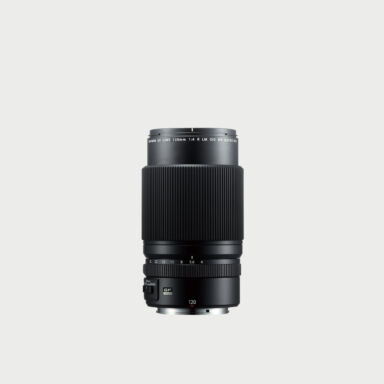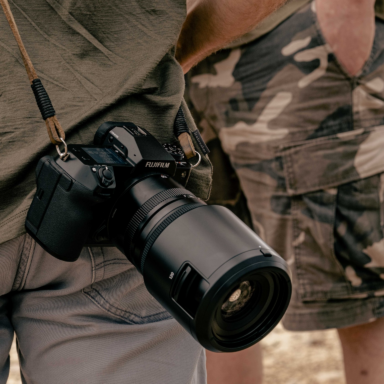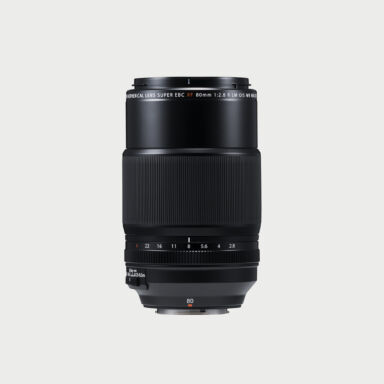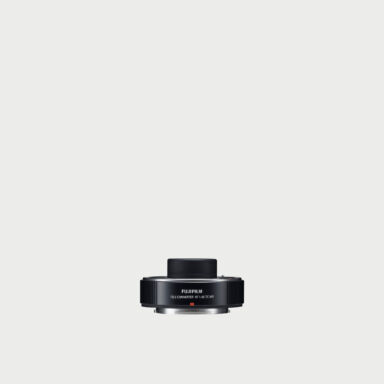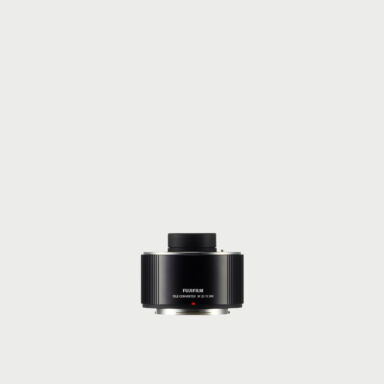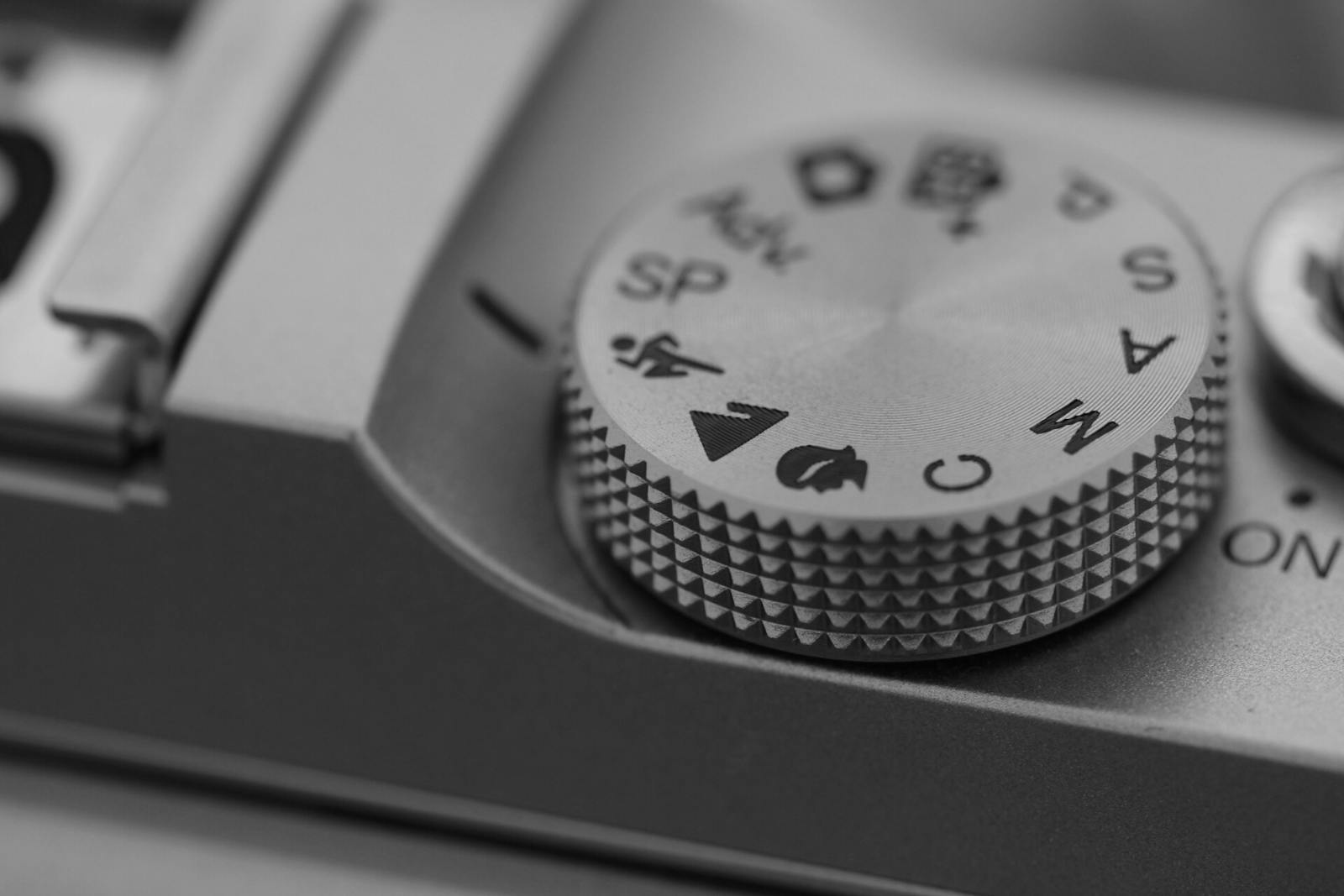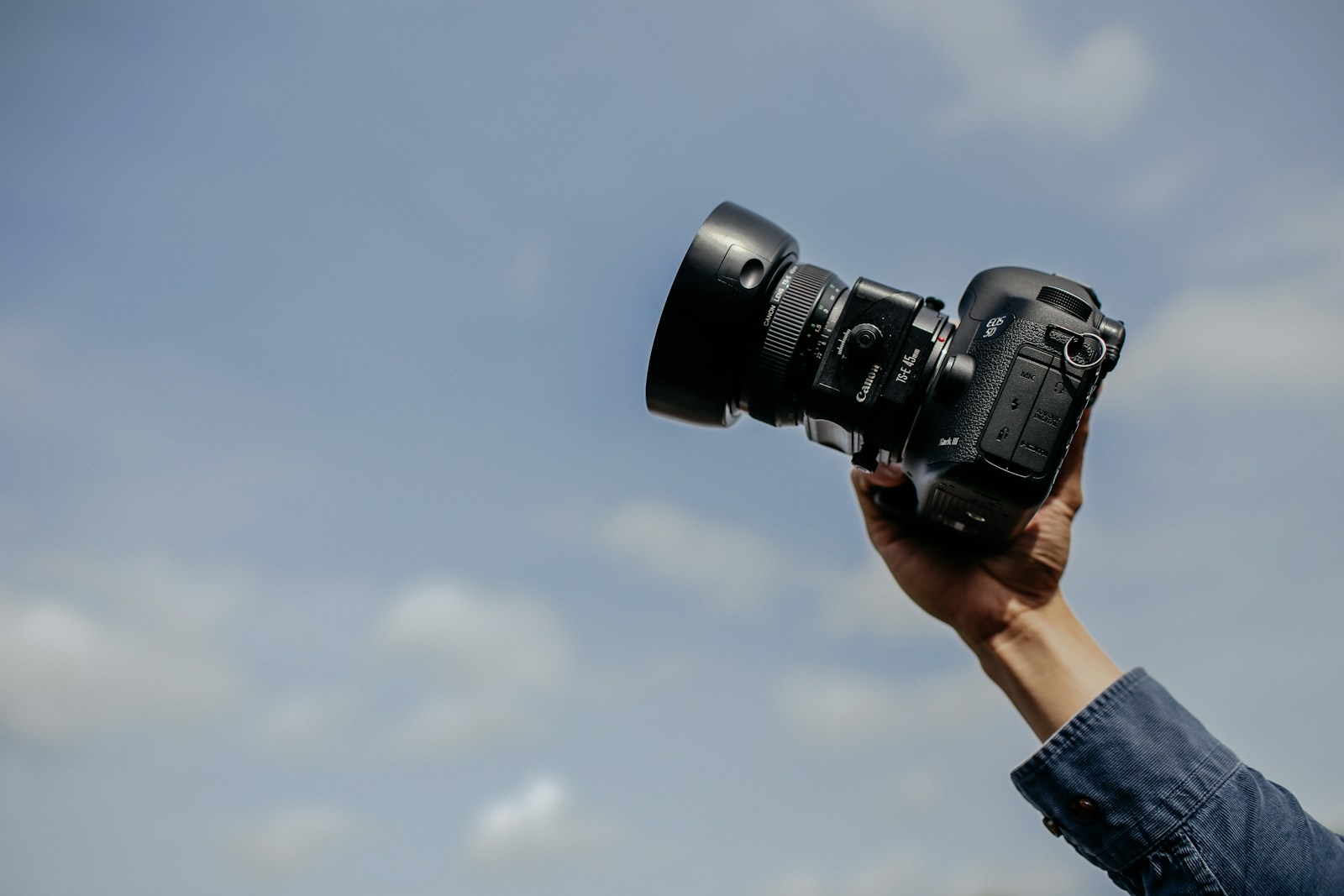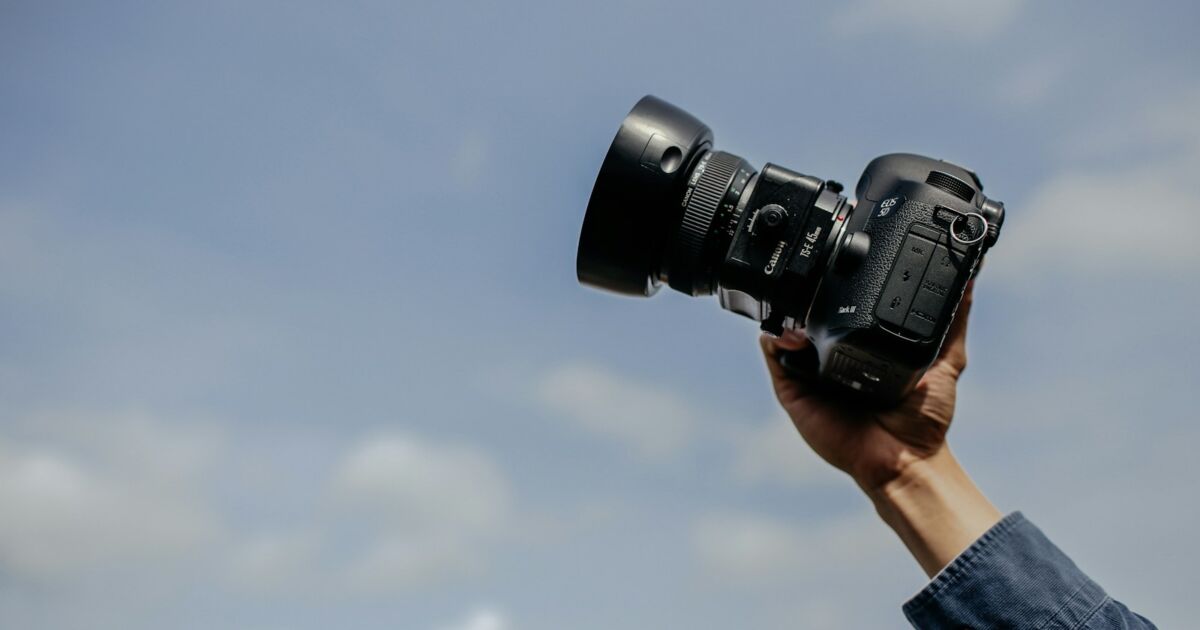While many photographers prefer the manual mode, it’s essential to explore the other shooting modes of your camera. Automatic and semi-automatic modes help save time and focus on creativity rather than constant adjustments. Explore the features of each shooting mode to enhance your photographic experience.
There are a multitude of types of camera lenses, each suited to specific and diverse uses. Whether you’re aiming to capture portraits, landscapes, or animals, there’s a lens designed to meet every scenario.
Within the vast array of lenses available for your camera, you’ll find a variety of compositions, functions, focal lengths, and weight categories. Each lens is unique, possessing its own characteristics that contribute to making your photos truly distinctive.
In this article, when we refer to camera lenses, we’re talking about detachable lenses used by photographers. The same principles apply regardless of the brand, whether it’s Fujifilm or Hasselblad, and regardless of the camera type, whether it’s a medium format camera or a mirrorless camera.
One important point to note is that some lenses are designed for different types of camera bodies, so always check before making a purchase. If you have a camera with a full-frame sensor or, conversely, an APS-C sensor, the lenses will differ. While full-frame lenses can be used on an APS-C sensor, a lens designed for an APS-C sensor cannot be used on a full-frame sensor!
Join us as we explore the various types of camera lenses.

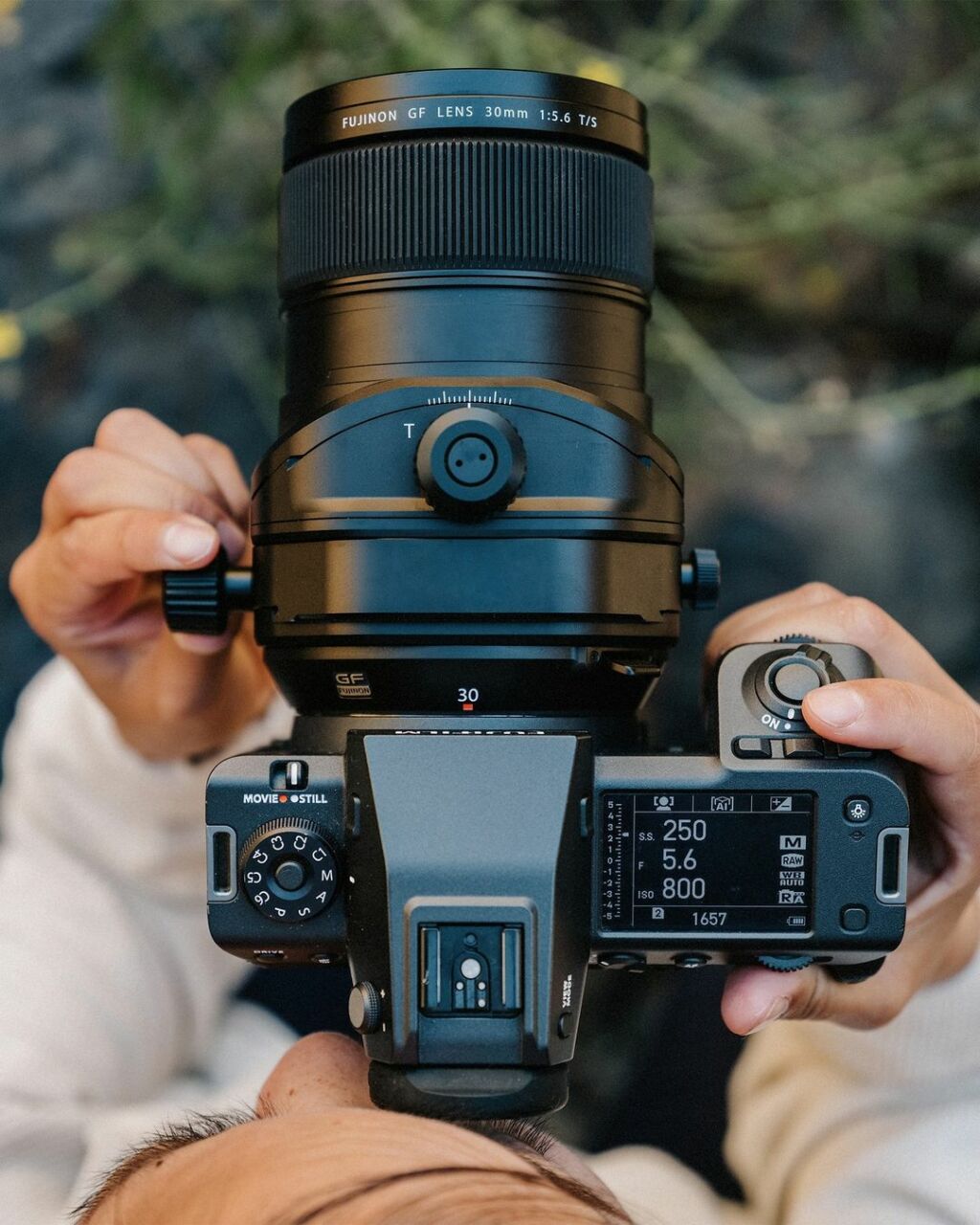
1. Prime Lens
A prime lens is a type of camera lens with a fixed focal length, meaning it does not allow for zooming in or out. Unlike zoom lenses, prime lenses offer a single and unique angle of view. Renowned for producing high-quality images, they are often lightweight and compact, making them suitable for various photographic scenarios, including travel and outdoor activities. A 50mm lens is considered a standard lens, ideal for capturing stunning shots.
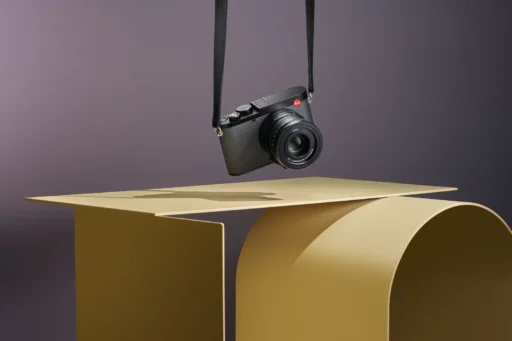



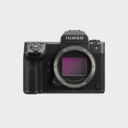 Photo
Photo 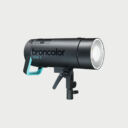 Lighting
Lighting  Tripods & Grip
Tripods & Grip 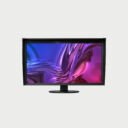 Digital
Digital  Bags & Cases
Bags & Cases  Printing
Printing 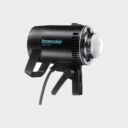 Continous lights
Continous lights 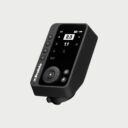 Transmitters
Transmitters 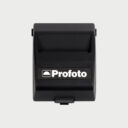 Accessories & Parts
Accessories & Parts 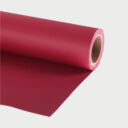 Accessories tripods & grips
Accessories tripods & grips 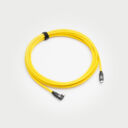 Cables & Tether
Cables & Tether  Hub & Adaptaters
Hub & Adaptaters  Portable power stations
Portable power stations  Sling bags
Sling bags  Rolling bags
Rolling bags 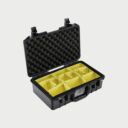 Hard cases
Hard cases  Organizers & Pouches
Organizers & Pouches 